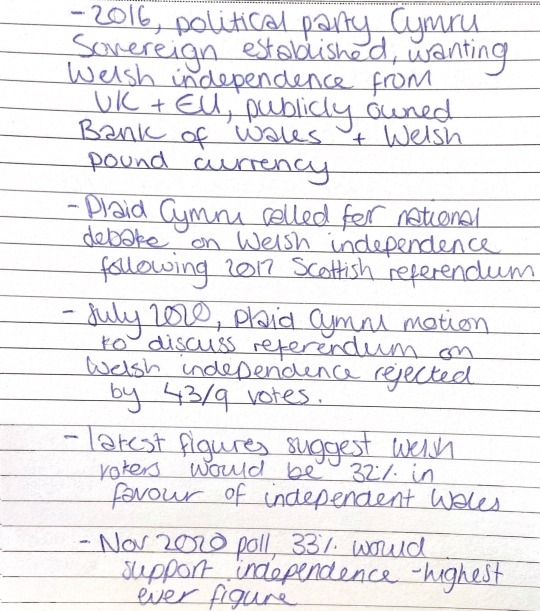Text

Modern history of rug-tufting
Tufting using a handheld gun is a very modern process, and one I cannot find any immediate history of in my searches. At the beginning of my tufting journey, I found help and information quite hard to come by, however, there is a growing community and support networks if you just know where to look.
A lot of my initial research into tufting using a gun lead me back to artist Tim Eads, who worked in various different mediums before falling in love with tufting. He is the founder of website tufftinggun.com which sells materials needed for tufting, and plenty of handy information to get you started. From here there is also tufttheworld, a forum designed around community, that allows users to share their work, ask questions and, most importantly, get answers that otherwise wouldn’t be available.
handy links:
https://www.thisistimeads.com/
https://tufting-community.mn.co/
https://tuftinggun.com/pages/about
0 notes
Text


Emily Bode
Emily Bode is a luxury menswear designer and the first female fashion designer to show at New York fashion week.
She “expresses sentimentality for the past through the study of personal narratives and historical techniques.” I love the eclectic bunch of imagery Bode depicts in her work, and was inspired initially by her designs alone, however the above quote from the Bode New York website resonated with me as someone exploring the theme of identity. For me, this knowledge gave the pieces some weight and made me see them as beautifully whimsical.
from https://www.bodenewyork.com
0 notes
Text

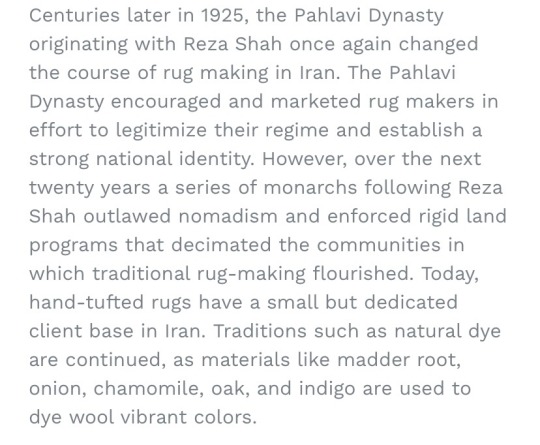
History of hand-tufting
This is an image set I found while researching the history of tufting. It shows a traditional Persian rug being hand-tufted. This method consists of tying compact knots in different colours to create patterns and designs.
Hand-tufting is believed to originate in Iran among nomadic tribes, however hand-tufted rugs exist in histroy all over the world. The oldest existing rug is a Persian rug from 5BCE. Known as the ‘Pazyryk Carpet’, it depicts a hunting scene.
During the Middle Ages and the crusades hand-tufted rugs were introduced to Europe and Asia. Scandinavian traditional rug making consists of thousands of knots- originated from Viking trading with Ottoman Empire textiles.
from https://tuftinggun.com
2 notes
·
View notes
Text

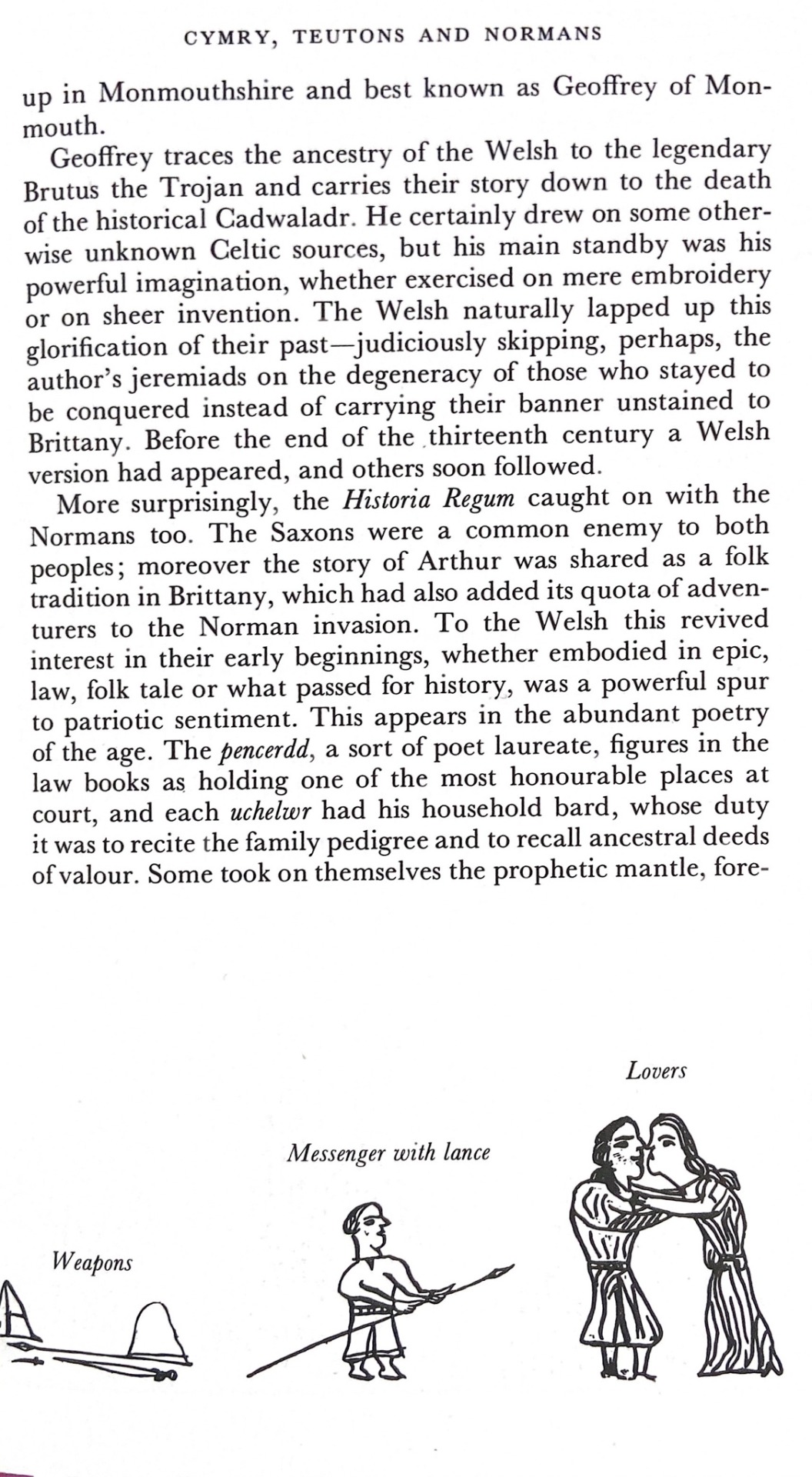

A short history of Wales by A.H Dodd
While reading through this book, I was also looking out for imagery that could be translated into tufted designs. I particularly liked the images of women spinning and carding, and the possible significance of their depiction on a handmade rug.
The first image shows a drawing of Gruffudd ap Llywelyn ap Iorwerth, father of Llywelyn, ‘last prince of Wales’, falling from the Tower of London where he was being held prisoner- handed in by his brother. Unfortunately for him, his demise is how he is quite often depicted. I think this could make for an interesting tufted piece.
Here is some further reading on the (confusing) Gruffudd family line: http://www.englishmonarchs.co.uk/llywelyn_the_last.html
0 notes
Text

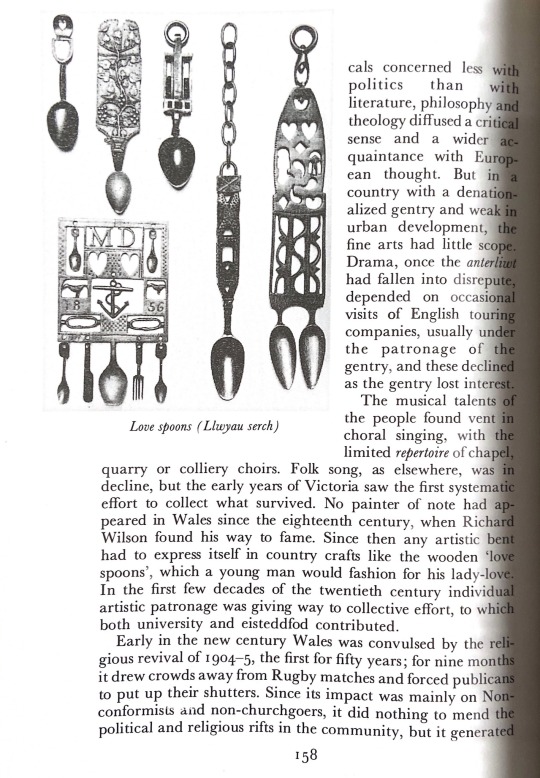
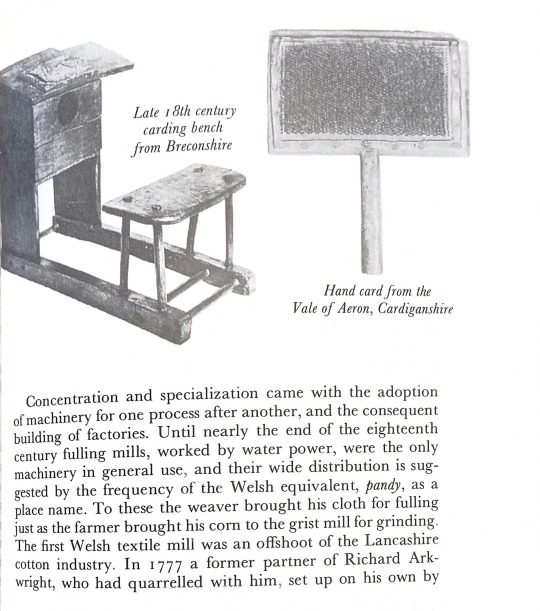

A short history of Wales by A.H. Dodd
Here are some findings from a book borrowed from my dad on Welsh history. When reading through his book, I was looking specifically for some history on Welsh crafting. At first look, I thought that the third image was an interesting look at 18th century Welsh furniture but on further investigation actually bridges some gaps in my research and knowledge. Hand-carding is the method used to prepare wool fleece ready to be spun into yarn, by separating and straightening each fiber.
Carding is largely carried out by industrial machines today, but can still be done on a smaller scale at home. It is interesting that I picked up on this image, as in previous research I had discussed sourcing wool to turn into yarn myself or outsource. Researching the use of a carding bench gave me access to knowledge on exactly how this can be done.
Here is a post I found when searching ‘hand-carding in Wales’ :
http://wooltribulations.blogspot.com/2013/09/hand-spinning-welsh-mountain-sheep.html
0 notes
Text
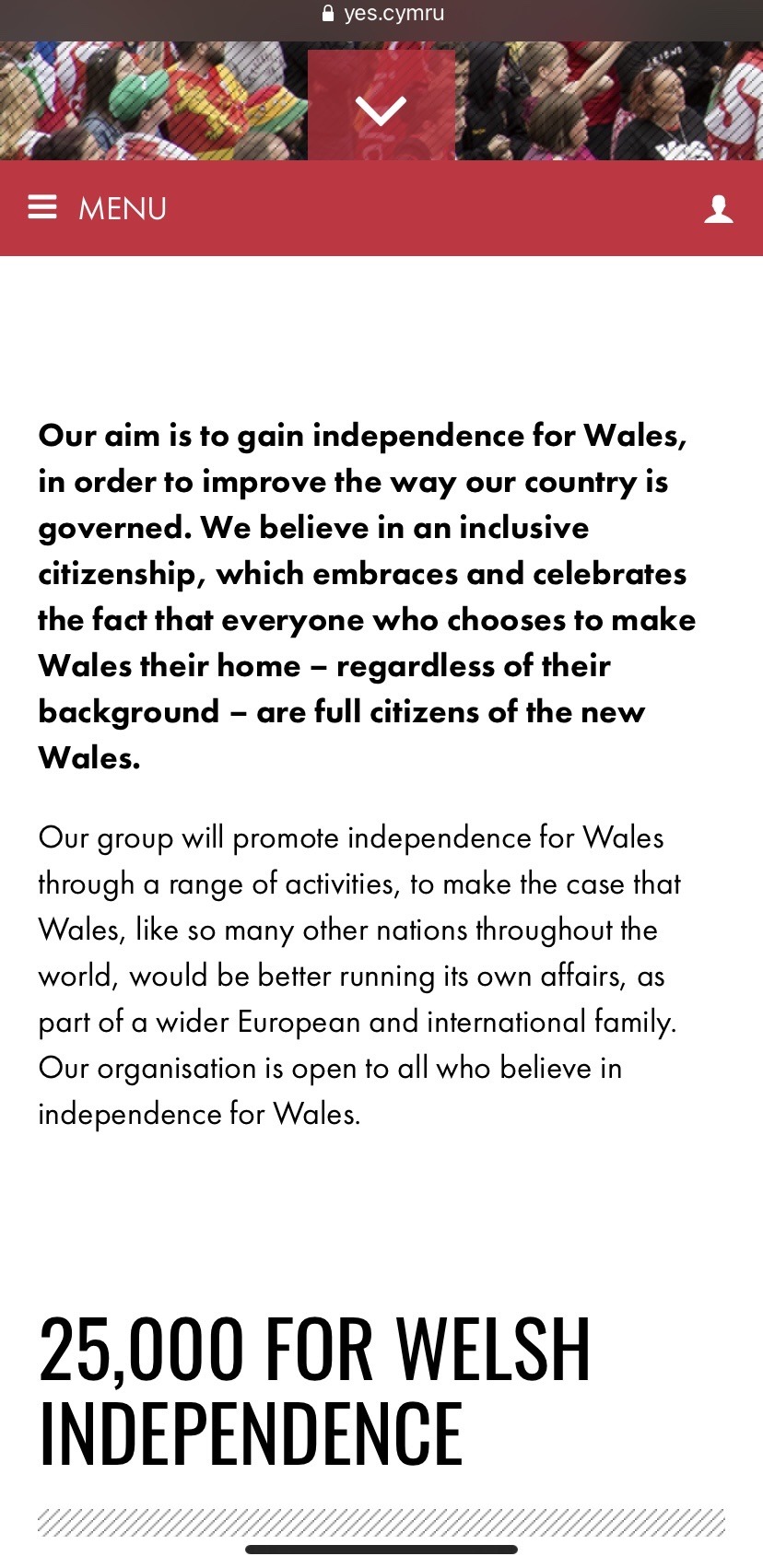
Yes Cymru manifesto
Yes Cymru is a non-profit organisation championing the fight for Welsh independence under the slogan ‘Yes is More’. You can find allusions to this organisation in the ‘planning’ tab, as it encompasses the movement for independence and the feelings of Welsh citizens perfectly.
https://www.yes.cymru/
0 notes
Text


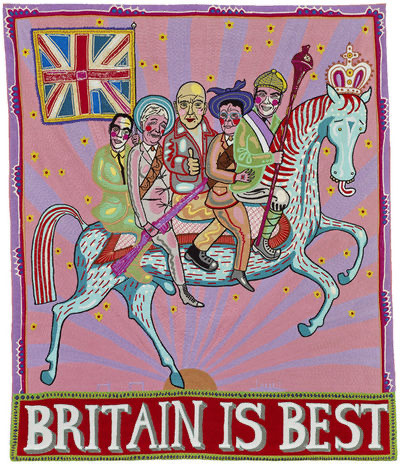

Grayson Perry’s tapestry work
I was told by my skillset tutor to check out Grayson Perry’s tapestry work. I originally expected to come across works in a similarly busy style to Who Are You- the piece in the first image, one I was lucky enough to view at the Tate gallery in Liverpool. While I enjoy this style and level of detail, I found myself more drawn to the aesthetic of these more lightweight, simplistic wall hangings.
I enjoy Perry’s satirical take on Britain and its culture which is prevalent across his tapestry work. Due to his television work, Perry has access to people from all walks of life in Britain and his tapestries are heavily informed by them, even having such people woven into their designs.
0 notes
Text

arts and crafts movement in Wales
When researching Wales’ contribution to the arts and crafts movement, I made note of things that felt relevant to my 3D skillset and personal crafting interests. I have an interest in ceramics and pottery, which I hope to be able to work in once we are able to get back into the studios. I really loved the idea of romantic nationalism,and would like to look more into traditional methods and designs to try myself.
0 notes
Text
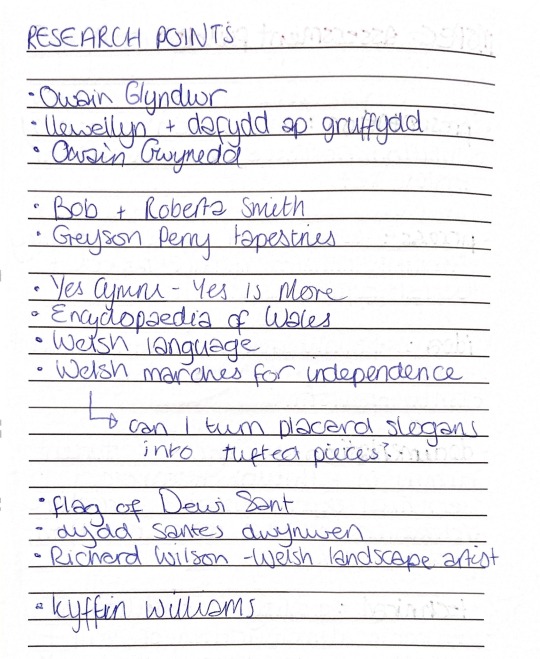

reasearch points
I knew I needed to flesh out my research, so brainstormed a few ideas to look further into. This list was added to over time as new points of interest came up.
The second image shows findings from research into Welsh words and phrases. I was on the lookout for slogans that held some weight, and I could turn into tufted designs. This was during my exploration into typography. While I ended up deciding to use wording that wouldn’t be too intimidating to non-Welsh speakers, I will definitely be considering these findings for future use.
0 notes
Text

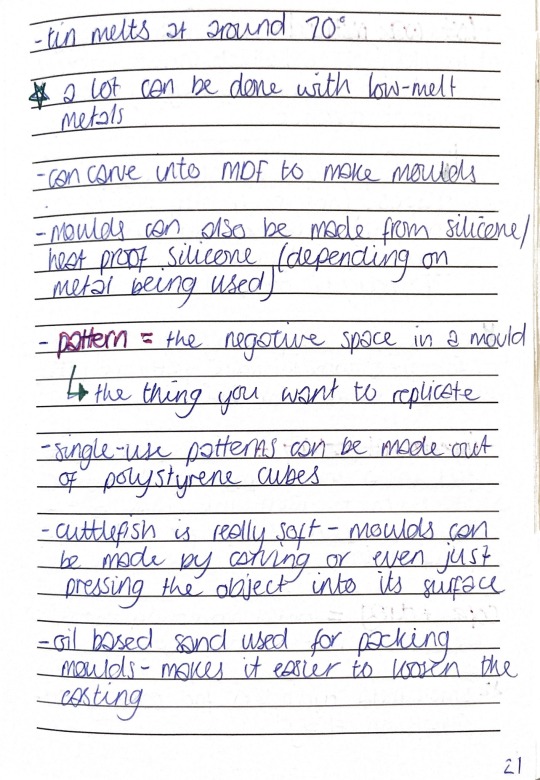


metal workshop notes
before the metal workshop commenced, we were sat down and given some important information on metal casting. I’m glad I had these notes as it made the process much easier to understand. I’d also like to try at-home casting as was mentioned in the session.
0 notes
Text
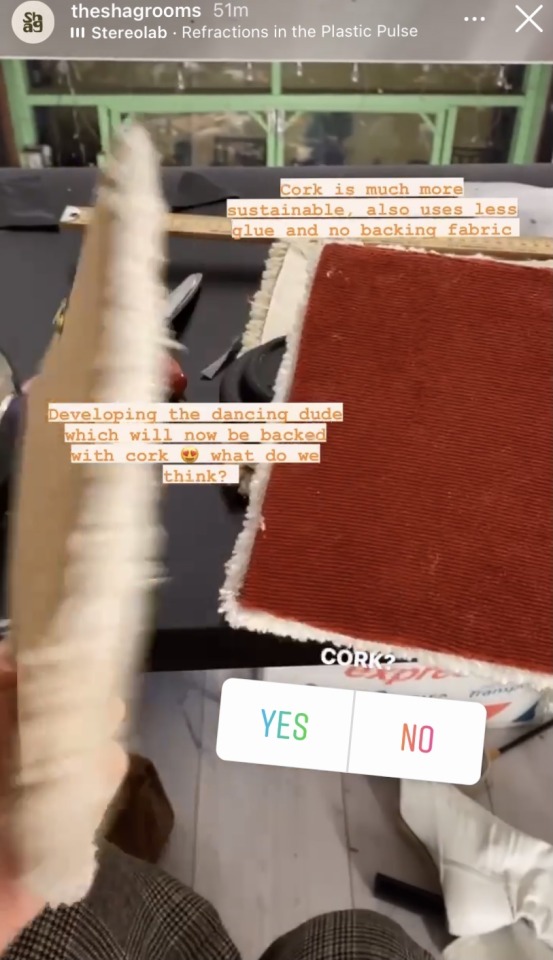
backing options
Posted by the shagrooms on instagram. This got me thinking about materials other than felt to back tufted pieces with. I have a couple of pieces that would work well as coasters or placemats, that could be made a little more heavy duty by backing with cork. It is good to know that it is a more sustainable option too, and I will definitely make a move towards this in the future.
https://www.instagram.com/theshagrooms/?hl=en
0 notes
Text
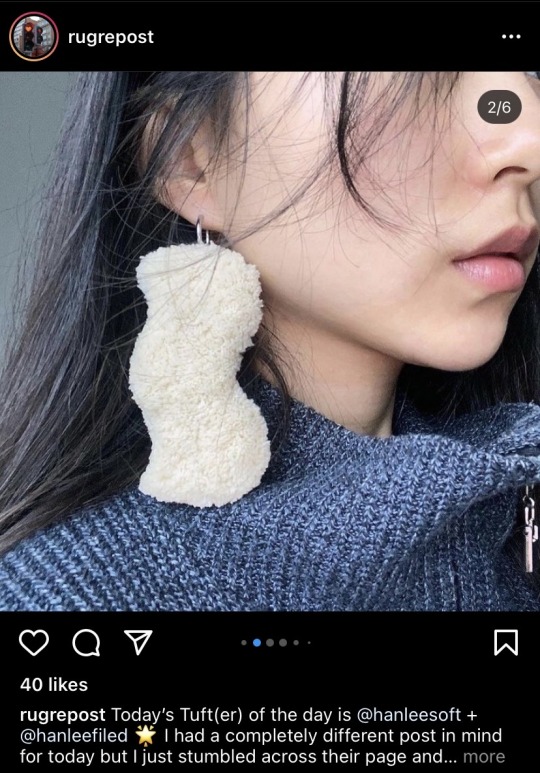

tufted objects
Above are some more tufted objects I would be interested in working on myself. I am particularly interested in upcycling furniture and combining this with my tufting.
The second image was found on tufttheworld, a forum-based site for tufting related questions, advice, pictures, etc.
https://www.instagram.com/rugrepost/
https://tufting-community.mn.co/members/3027795/feed
0 notes
Text
https://www.instagram.com/kniteyknitey/?hl=en
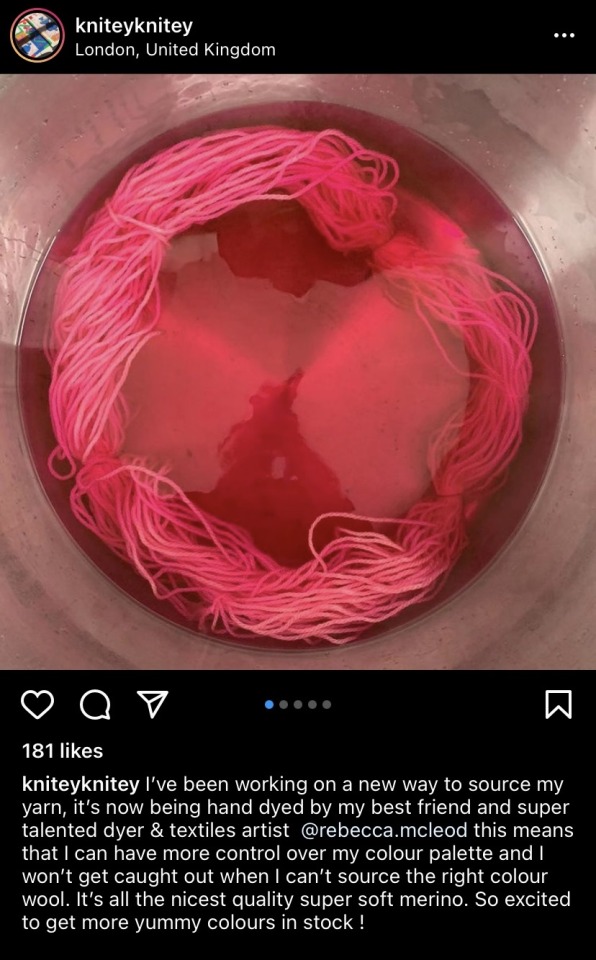
food for thought
I came across this instagram post by tufter kniteyknitey which made me consider the ways in which I might be more sustainable in my work. I was reminded that there are fabric dying facilities at my university, and would be very interested to try my hand dying my own wool once a return to the workshops is possible.
As for sourcing, I would love to look into purchasing wool from Welsh sheep farmers and having it turned into yarn to dye and use in my work. Somewhere down the line, it would be great to be crafting using locally sourced and hand-dyed materials.
https://www.instagram.com/kniteyknitey/?hl=en
0 notes
Text

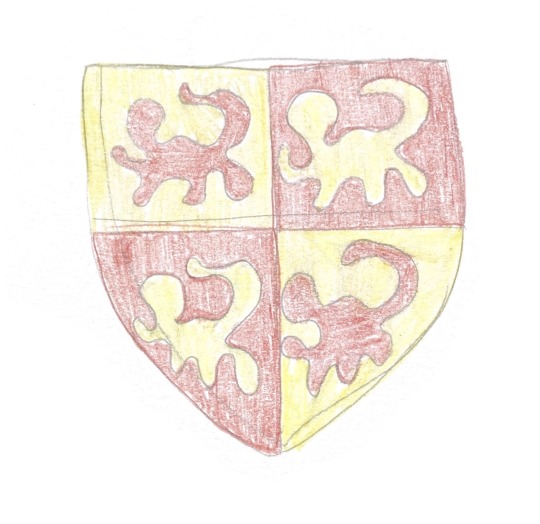
the flag of Owain Glyndwr
Above is some background information to the flag of Owain Glyndwr- another major symbol of Welsh independence- along with a quick mock up of how I might have incorporated it into my work. I considered how the details would likely be hard to achieve in a smaller piece, hence the stylised version I drew out. I wasn’t convinced by this design and was also conscious of my work having more of a political focus than intended, so I didn’t end up taking the design any further.
https://www.localriding.com/welsh-symbols.html
1 note
·
View note
Text

my exhibition outcome
with the caption:
Croeso! (welcome!)
Over the past few months, I have been exploring my own identity as a proud Welshwoman through use of the language and themes of nationalism.
Wales has existed under English rule since 1707, but the call for independence is rapidly gaining traction, and a strong sense of pride in our Welsh identity has never been more significant. When translating these themes into my hand-tufted pieces, I wanted to stay true to my own playful aesthetic. Utilising the Welsh language in my work was very important to me, as it is not something I see in the mainstream very often, and hope to keep spotlighting aspects of the beautiful language as I continue with my craft.
The COFIWCH DRYWERYN graffiti is now an iconic Welsh motif. The original graffitied wall is in Llanrhystud, Ceredigion, but replicas have cropped up all over the country since its appearance in the early 1960s. Meaning ‘REMEMBER TRYWERYN’, it was originally painted by writer Meic Stephens, as a response to plans to flood the Tryweryn Valley in order to supply water to Liverpool. The imagery and slogan are still a prevalent symbol of Welsh nationalism today.
blodyn- flower
seren- star
hapus- happy
enfys- rainbow
cymru am byth- wales forever
cofiwch dryweryn- remember tryweryn
0 notes
Text

final exhibition wall layout
As I previously mentioned, when uploading a .PNG image with no background, artsteps would automatically fill it in and give it a 3D effect, which was not what I wanted for my work as it made each piece look like a picture, rather than an individual tufted item. I found that the best way around this was to get the measurements of my wall space and create a photoshop art board of this size. I gave the image a white background to match the gallery walls, and got to work scanning and removing the background from my pieces before playing around with the layout. This is the layout I decided on and I think it looks quite effective.
0 notes


